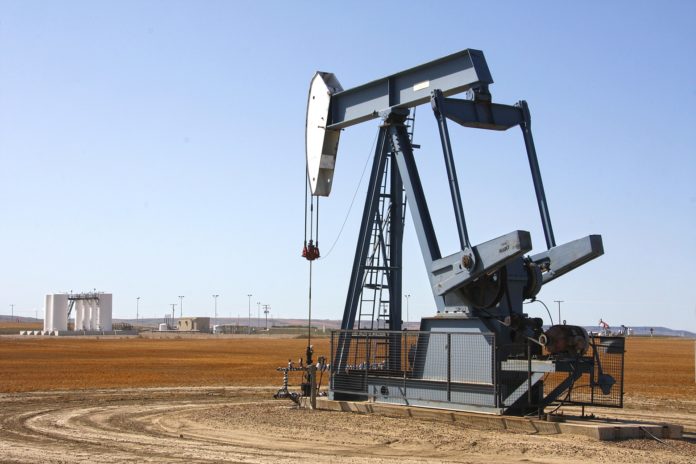Industrial noise pollution is more than just annoying — it also has profound negative impacts on our health and the health of animals in urban environments. And while prolonged noises are typically thought to be the worst offenders, a team of researchers from the University of Manitoba has found that unpredictable noises are particularly problematic for Alberta’s songbird population.
The study was authored by Patricia Rosa, an assistant professor at St George’s University, and Nicola Koper, a professor in the University of Manitoba’s Natural Resources Institute, and published in the Journal of Applied Ecology.
Oil well drilling has long been recognized as an environmental issue throughout Alberta, and noise pollution is just one of its impacts. These noises can vary from the erratic, clamorous sound of a new well being drilled, to the repetitive hum of a well operating over many months.
Rosa and Koper were interested in learning how this noise pollution was affecting local species — in particular, species that rely on acoustic communication. They decided to study the impacts of the oil wells on four species of grassland songbirds native to Alberta, two of which are federally threatened species.
To do this, the researchers set up audio recordings of the two types of noise — unpredictable drilling noises, or repetitive operating noises — across Alberta. They used recordings to ensure that their results were solely due to the noises themselves, and not the infrastructure associated with drilling or operating.
The drilling noises were played for 24 hours a day over two 10-day periods (which is the amount of time it takes to drill an oil well) while the operating noises were played non-stop for a 90-day period. In both bases, the birds were monitored continuously throughout three consecutive breeding seasons.
Studies have shown that prolonged exposure to noise pollution is particularly harmful, so the scientists guessed that the operating noises would have a greater impact on the birds. After monitoring different birds over time, however, they were surprised to find the opposite: the shorter-term drilling noises were actually far worse.
“The assumption has been that if noise is there for longer, it is worse environmentally,” explained Koper in a press release.
“But our results show this is wrong.”
The researchers found that some birds actively avoided sites with drilling noises, while those that did nest near the drilling noises had trouble reproducing. The birds laid fewer eggs, and their offspring weren’t as healthy as those that nested farther away from noise pollution. In fact, one species was 85% less successful at nesting when situated near the drilling noises.
Rosa and Koper suspect that this has to do with the nature of each type of noise. The drilling noises are unpredictable, and therefore may be more difficult for the birds to adjust to. The drilling noises are also occasionally louder, but the noise itself is variable and tends to occur in shorter spurts.
The authors believe that this is an area which policymakers need to focus on. While noise regulation guidelines typically focus on how loud noises are in urban areas, it’s also important to also consider which types of noises we’re making, and make sure that these policies extend to prairie habitats.
“[W]e should rethink how we regulate and think about noise by paying particular attention to unpredictable, acute, or variable noises,” Koper said.
“Our findings suggest that drilling could either take place outside of the avian breeding season, […] or alternatively that sound barrier walls could be placed around oil well drilling rigs.”








































